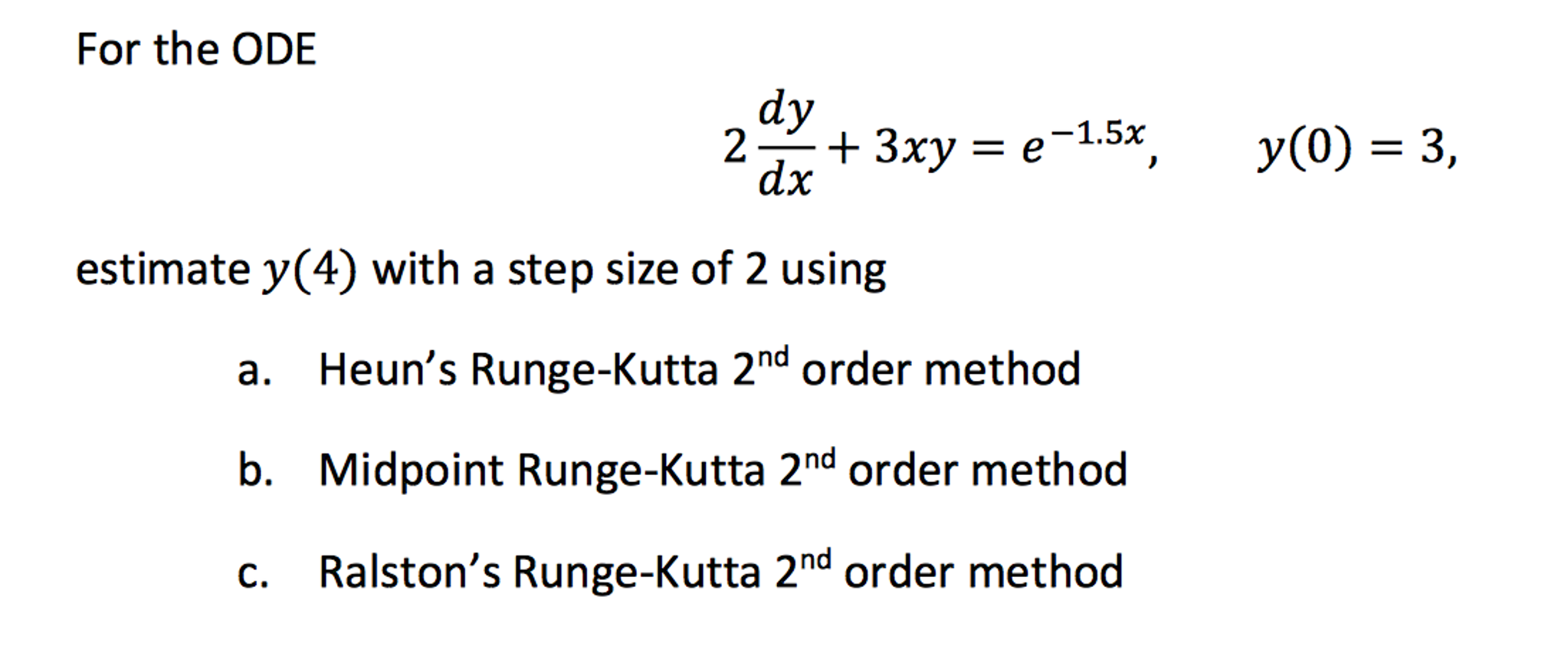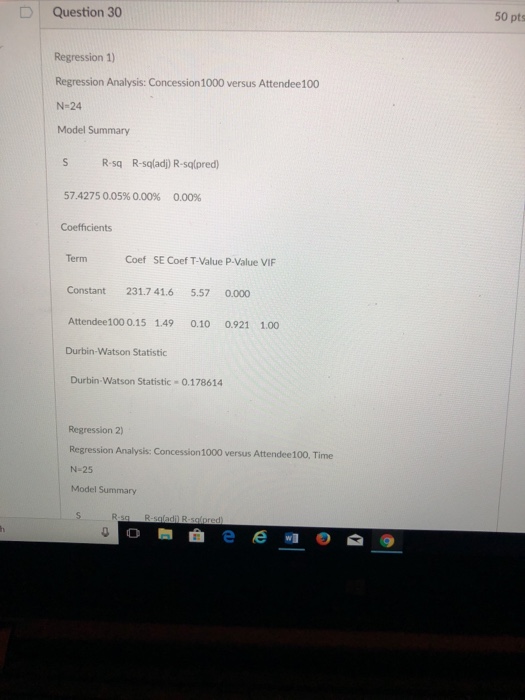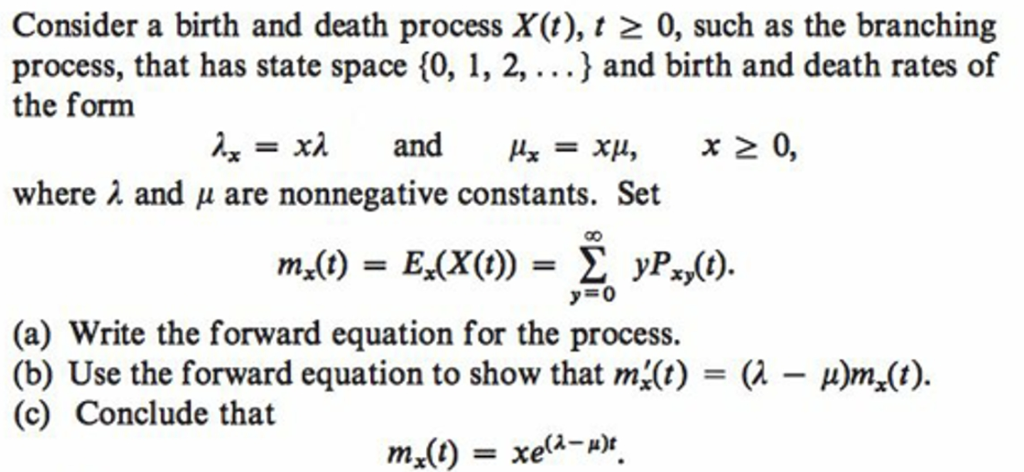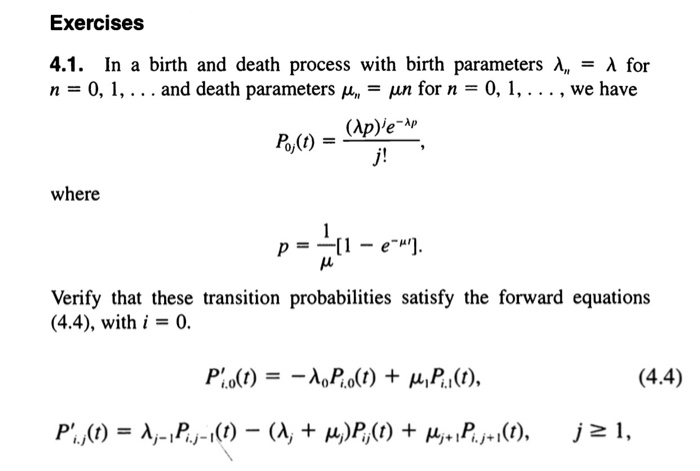Answered step by step
Verified Expert Solution
Question
1 Approved Answer
odinary differential equations For the ODE 2 dy + 3xy = e-1.5x dx y(0) = 3, estimate y(4) with a step size of 2 using
odinary differential equations





Step by Step Solution
There are 3 Steps involved in it
Step: 1

Get Instant Access to Expert-Tailored Solutions
See step-by-step solutions with expert insights and AI powered tools for academic success
Step: 2

Step: 3

Ace Your Homework with AI
Get the answers you need in no time with our AI-driven, step-by-step assistance
Get Started


